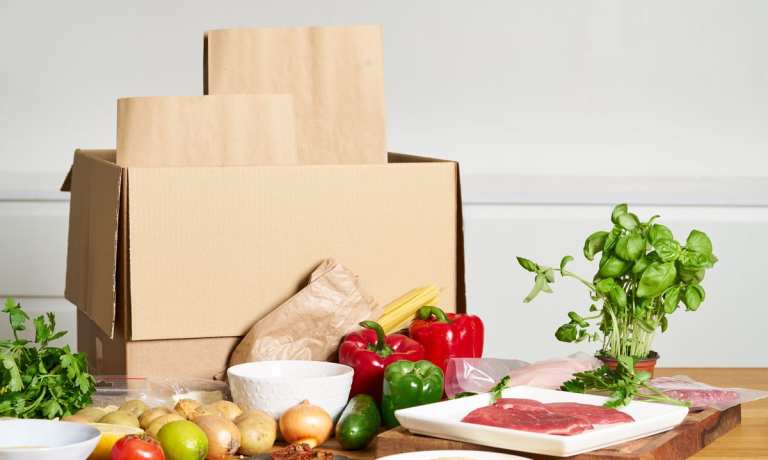The meal delivery company updated its website to reflect the change Friday (Dec. 23).
“It is with a heavy heart that we announce the Freshly meal delivery service will be ceasing operations,” the firm stated. “This is a difficult time as we say goodbye to our incredible community. Please refer to our FAQ for more information.”
Freshly did not immediately respond to PYMNTS’ request for comment.
The company has been shutting down facilities and reducing its staff by the hundreds across the country. A notice filed with the New York State Department of Labor earlier this month revealed that the company was laying off 138 employees as it closes a plant. Additionally, a similar notice filed in Phoenix, Arizona, added another 329 employees to that total, and another, ABC15 Arizona reported, showed the company laying off 454 in Maryland.
The company has been delivering meals since 2015, and in 2020, at the time of the company’s acquisition by Nestlé, its forecasted sales for the year were $430 million. However, as consumers left their homes in 2021, shifting their food spending to dining out, and as economic conditions worsened in 2022, prompting many consumers to pare back their retail subscriptions, the company’s performance took a turn for the worse.
Advertisement: Scroll to Continue
Late last month, Nestlé, noting disappointing results, announced that it was partly offloading the company, forming a partnership with private equity firm L Catterton whereby the latter would take a majority stake in the company.
In a PYMNTS panel last year, while former Freshly CEO Michael Wystrach and Nestlé were both still at the helm, Wystrach explained to Karen Webster his view of what makes for a successful D2C subscription business.
“Do people feel like if your product disappeared and went under, their life would be worse [or] do people view that you make their life better?” he said, noting that these are the driving questions for any entrepreneur considering subscriptions.
An Unaffordble Luxury
To be sure, with food prices in many categories posting increases in the mid-teens, the burdens on D2C meal delivery businesses have only increased. Add in other economic pressures that have prompted many consumers to reevaluate their spending and to prioritize between necessities and luxuries, and the challenges mount.
While the demise of Freshly might seem like a competitive opportunity, the New York-based company’s competitors are all facing similar strains and have also been having a rough go of it in recent months.
Blue Apron, for one, announced earlier this month that it is laying off about 10% of its corporate staff and that it intends to reduce expenses by around $50 million in 2023 relative to this year. Additionally, in October, the San Francisco Business Times noted that food delivery company HelloFresh was laying off 611 employees.
Research from the latest edition of PYMNTS’ Subscription Commerce Conversion Index study, “The Subscription Commerce Conversion Index: Subscribers Seek Affordability and Convenience,” created in collaboration with sticky.io, found that the average number of subscriptions is on the decline. In September, the most recent month on record, the figure was down 29% from the previous survey in July. Additionally, about one in four food and beverage subscribers intended to cancel their service in the following 12 months.

